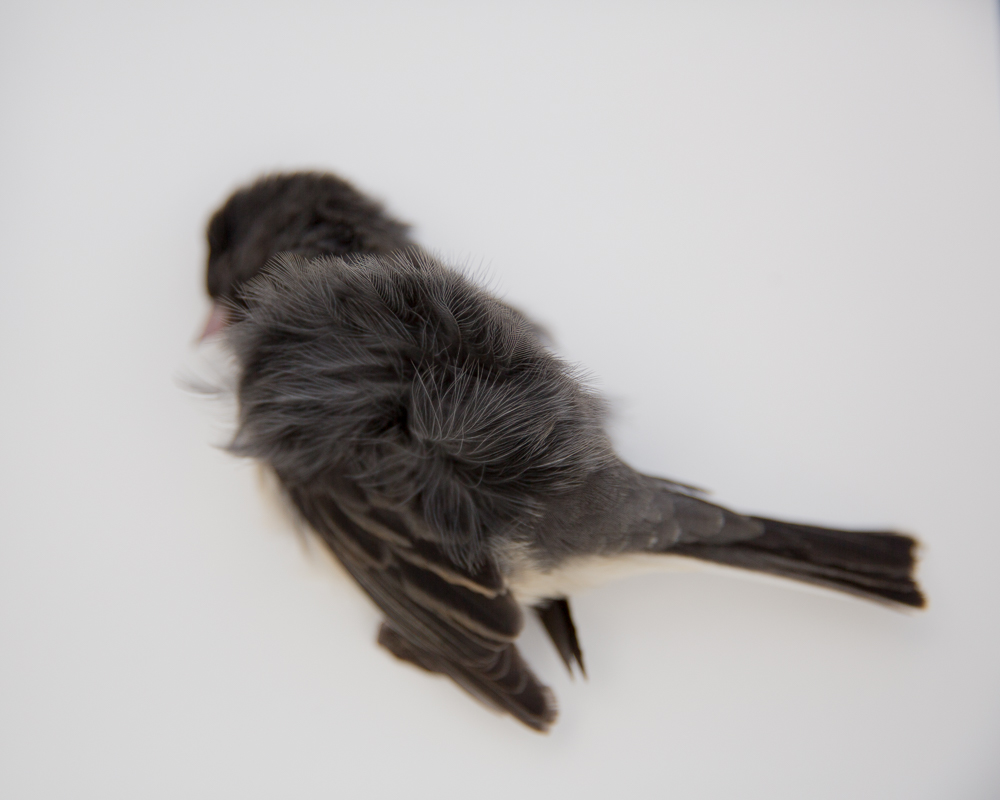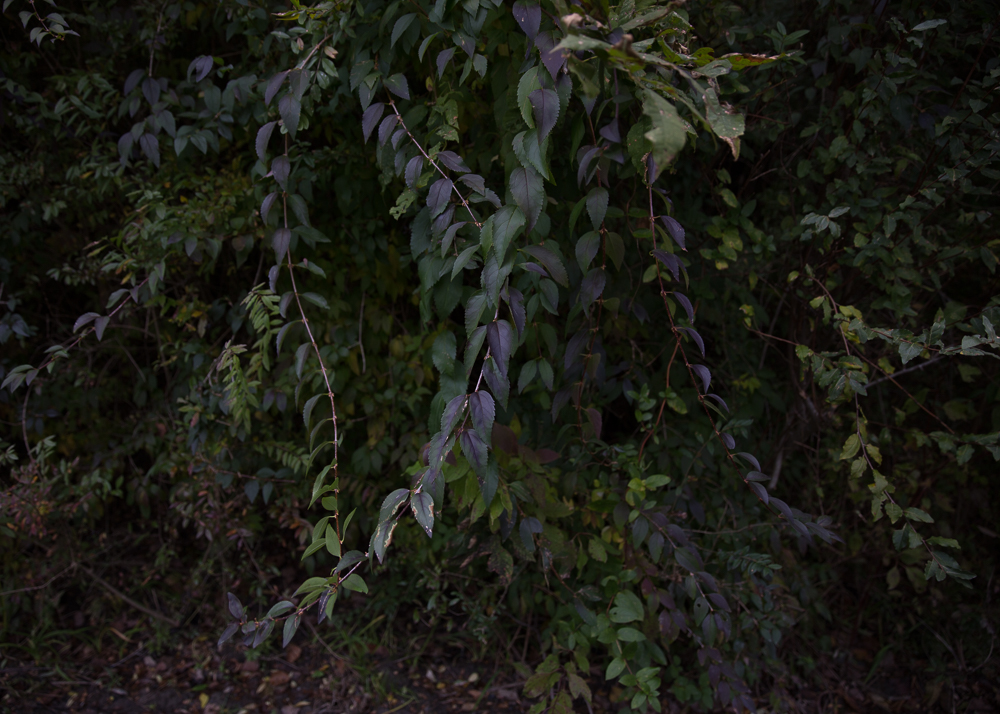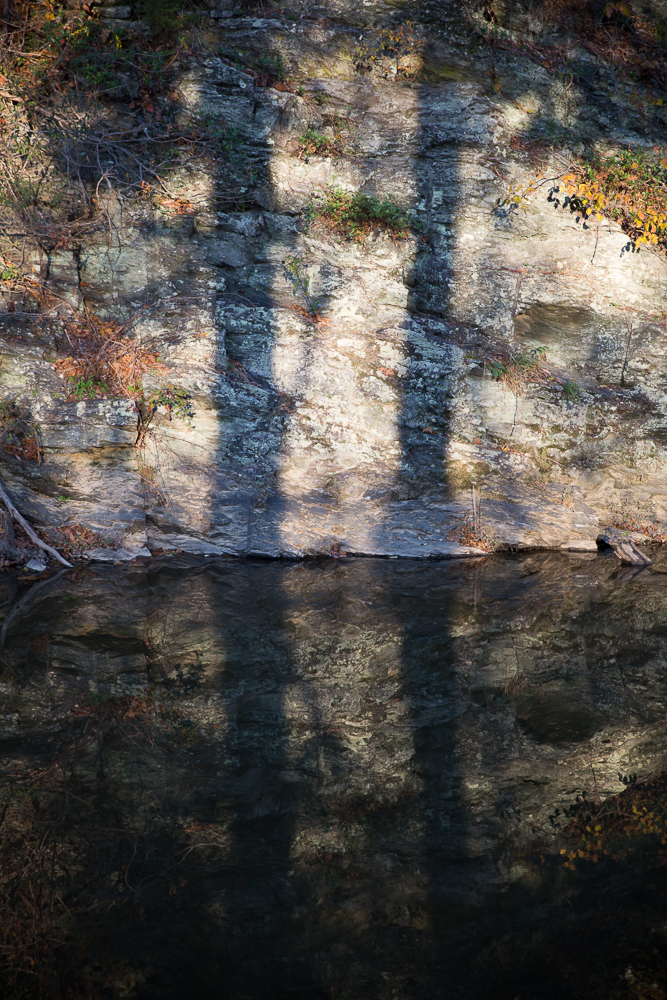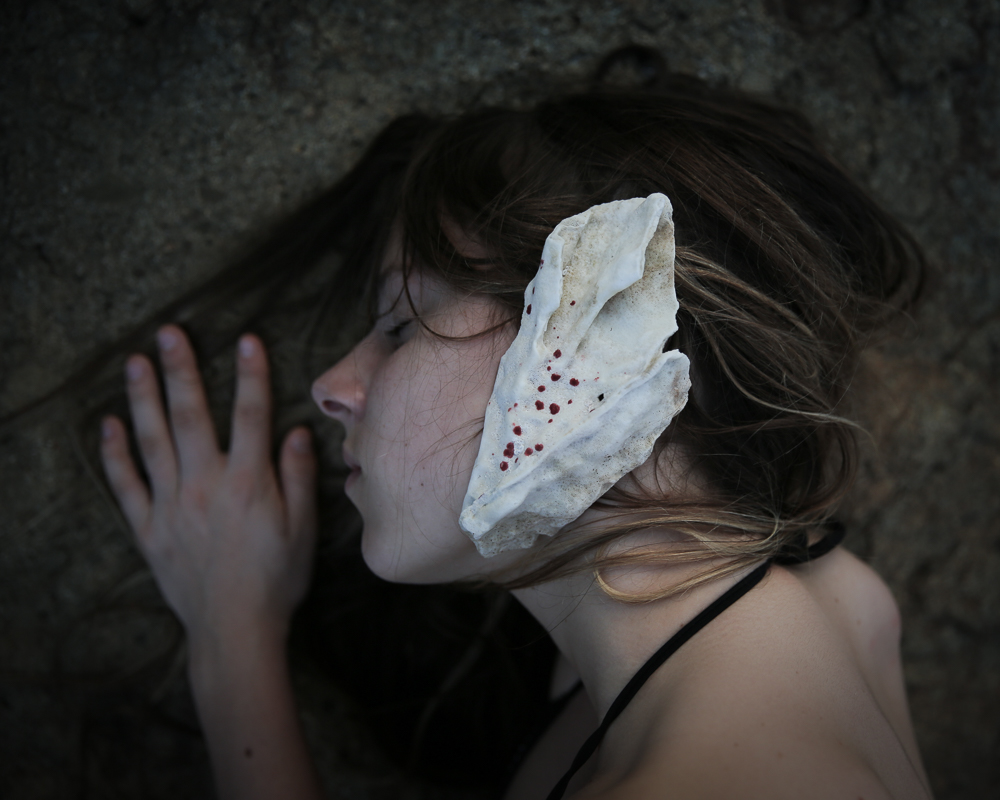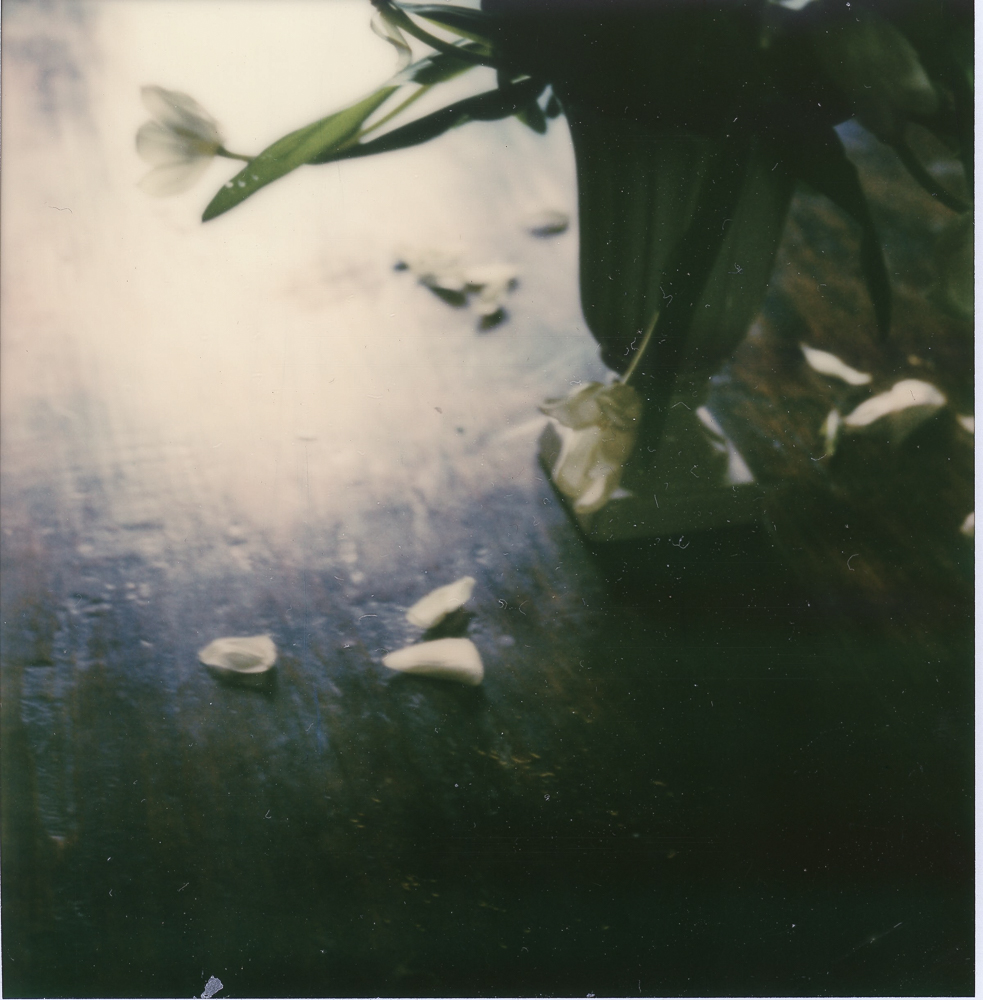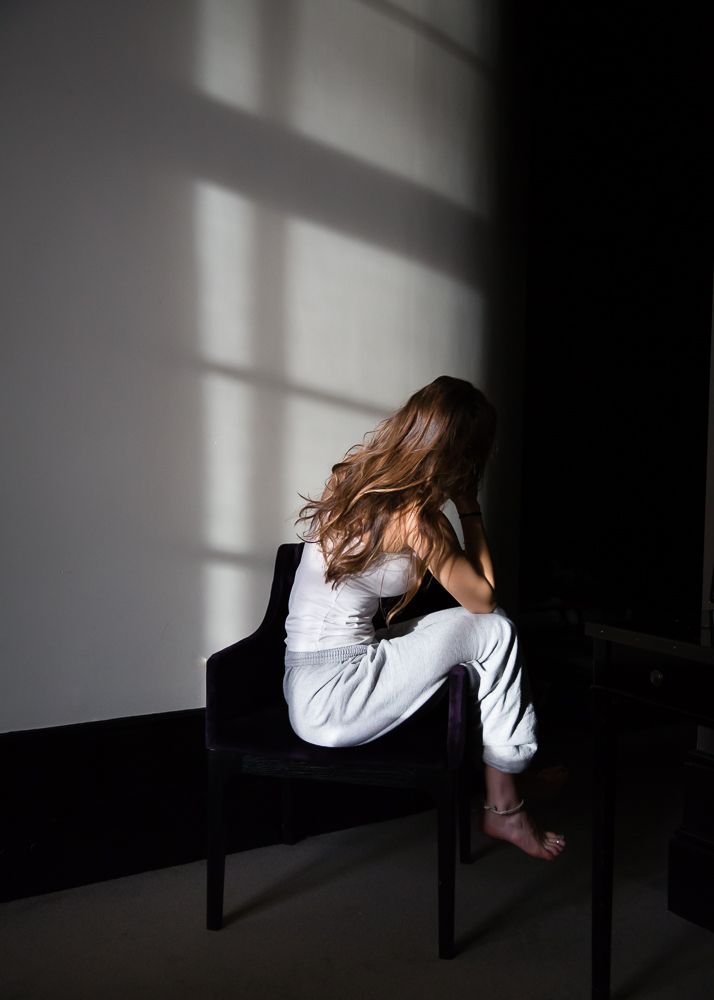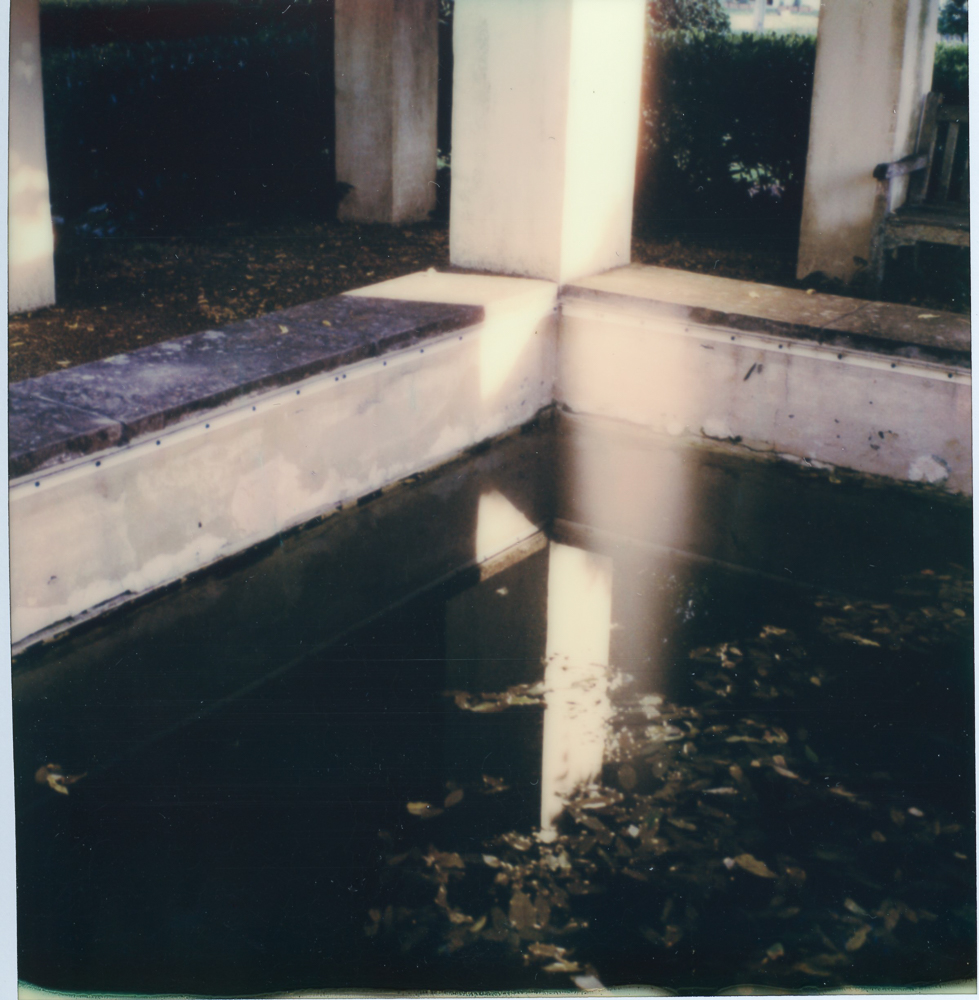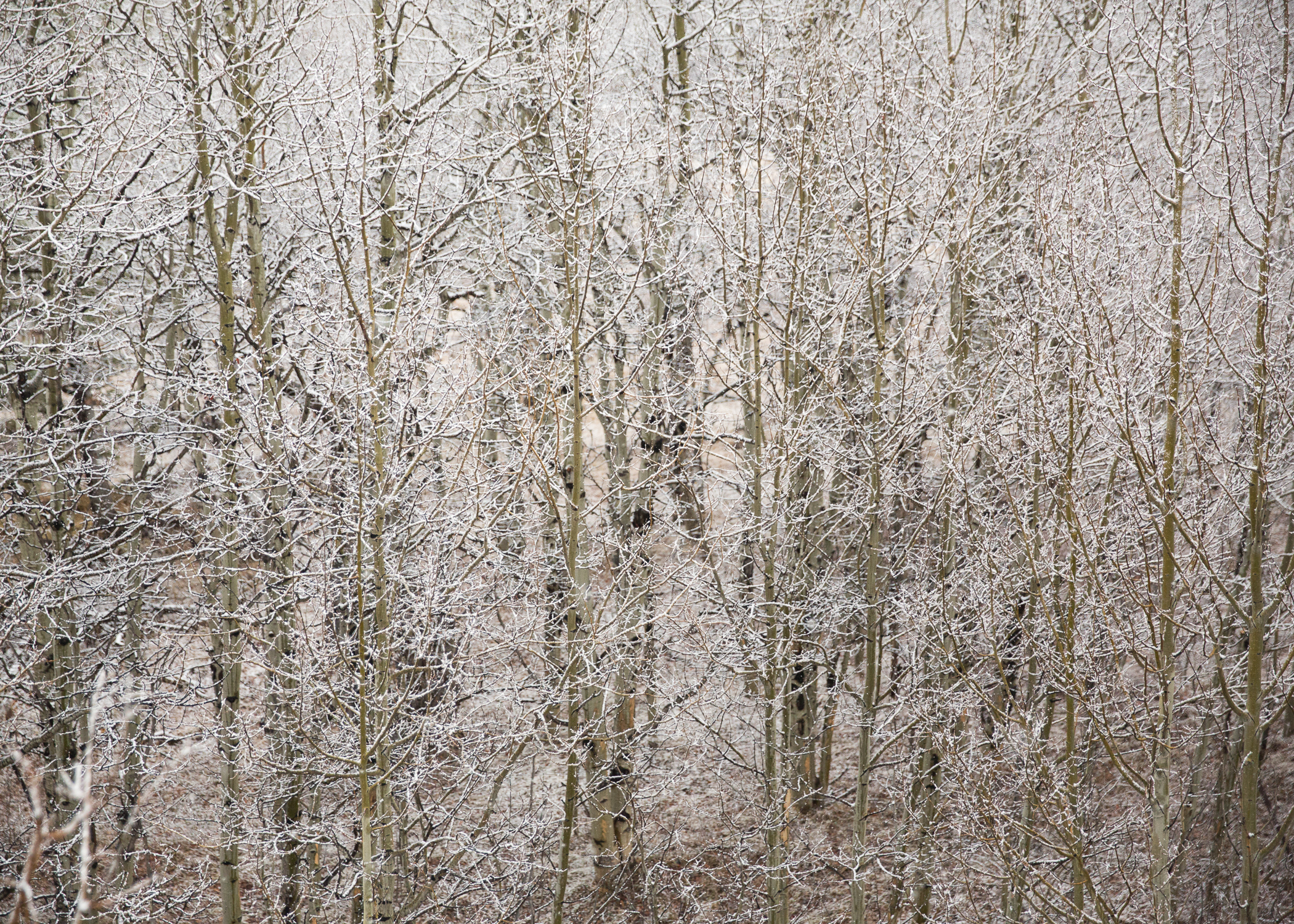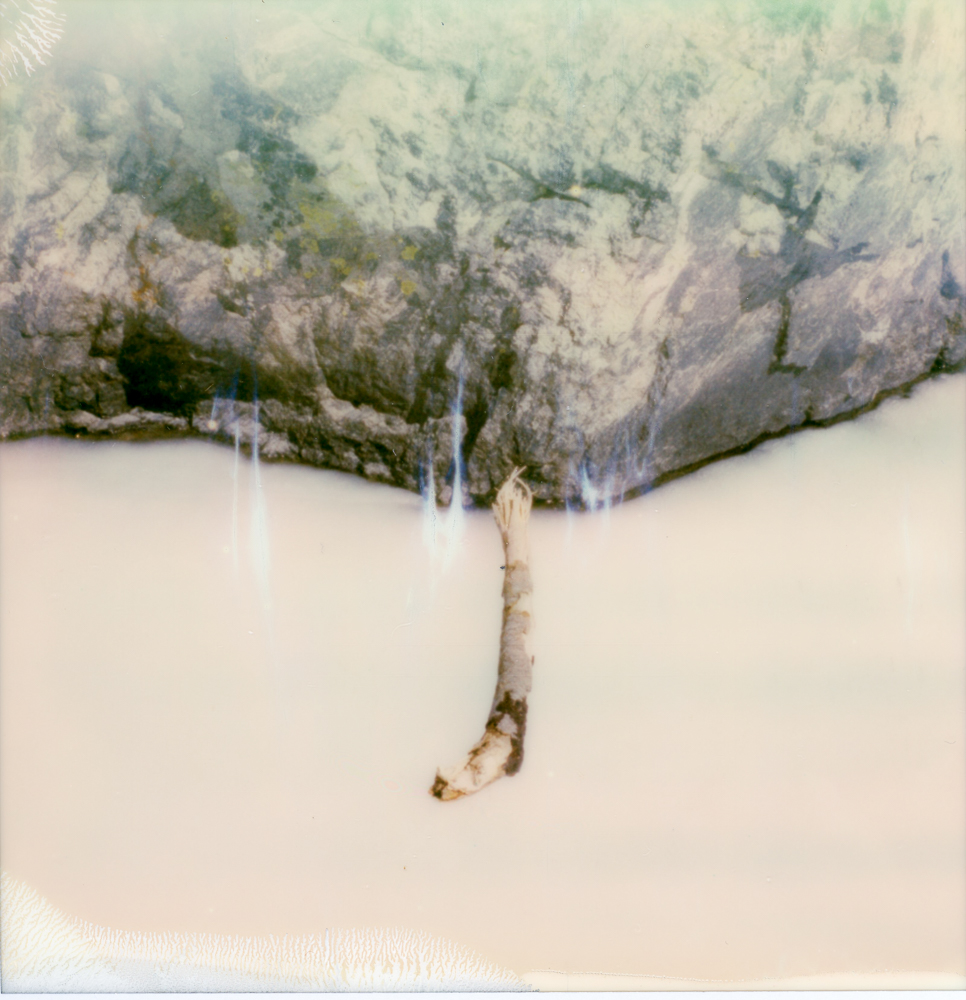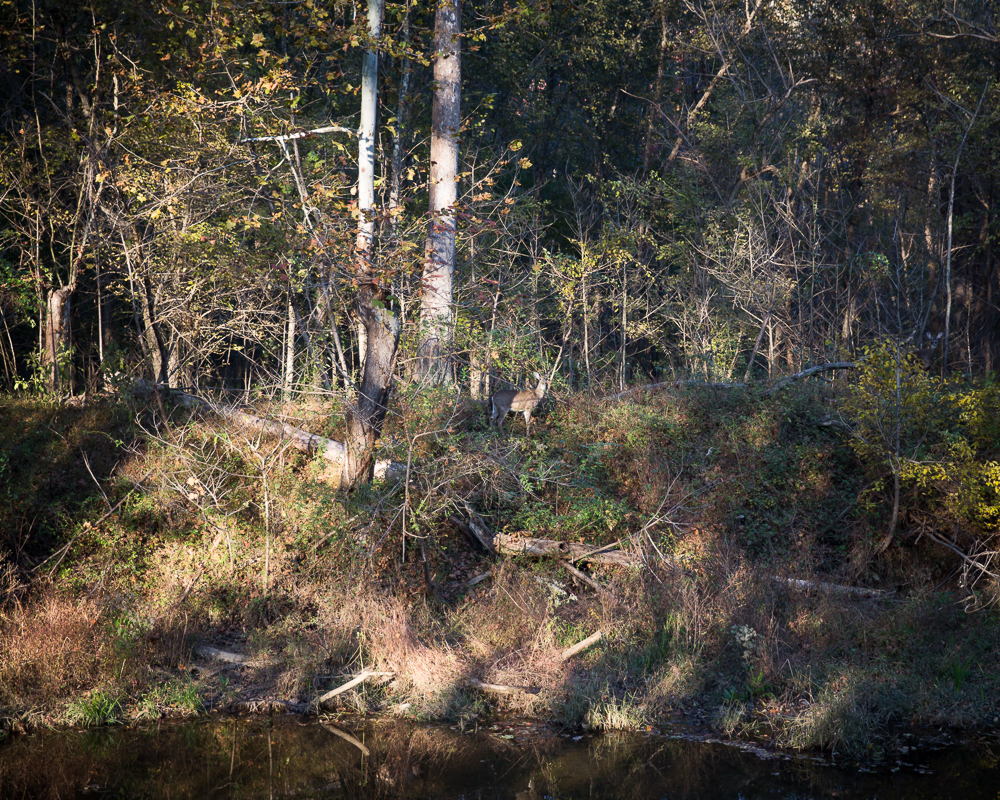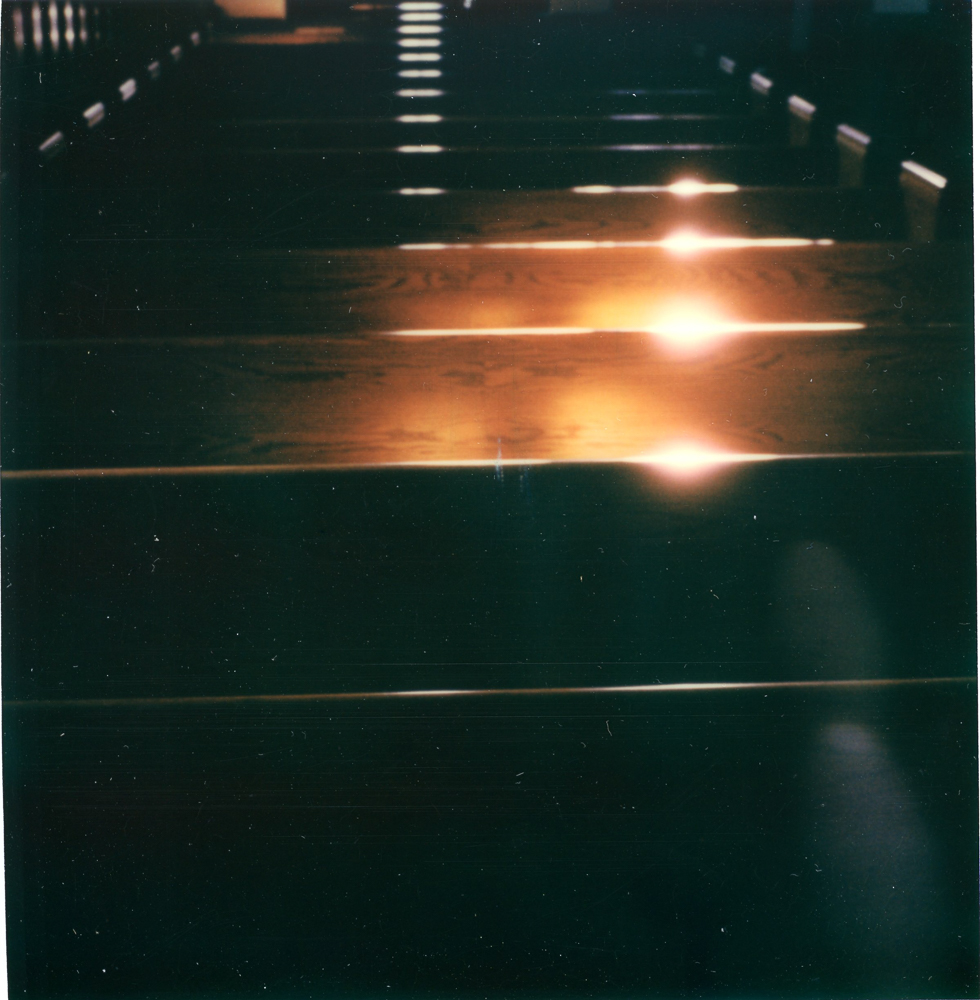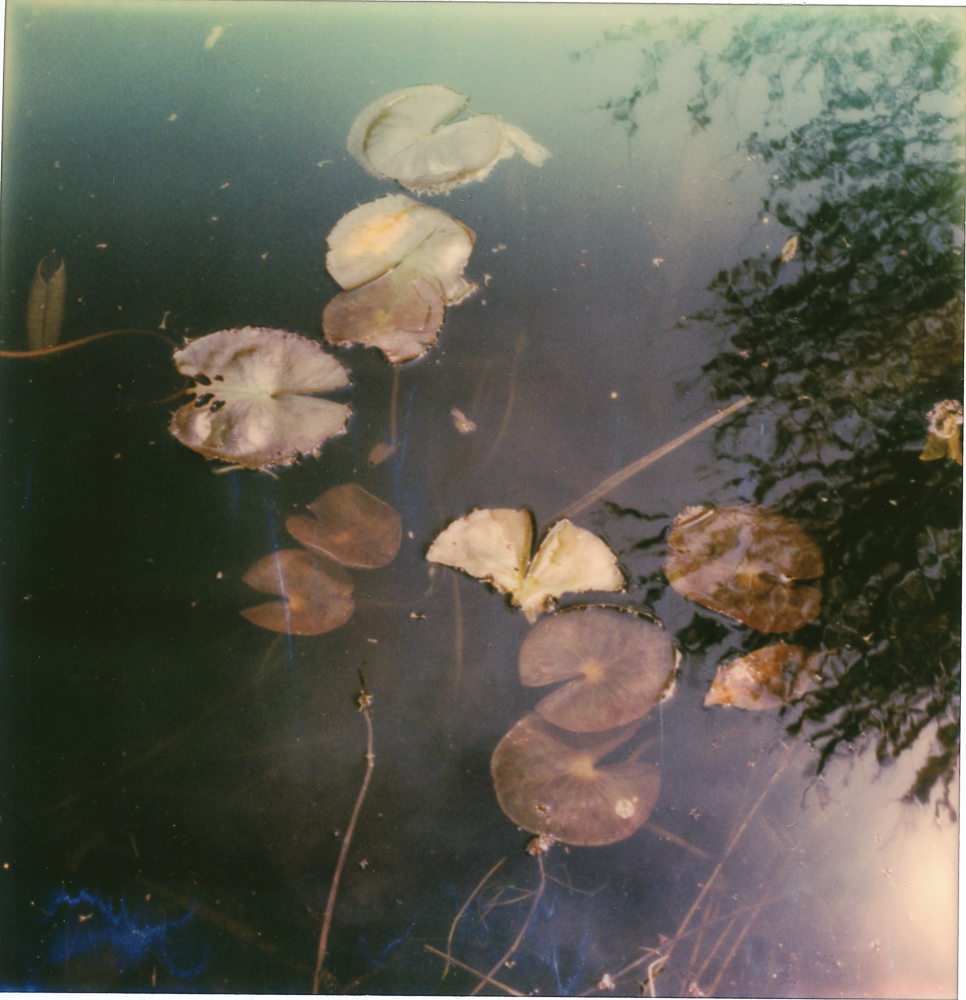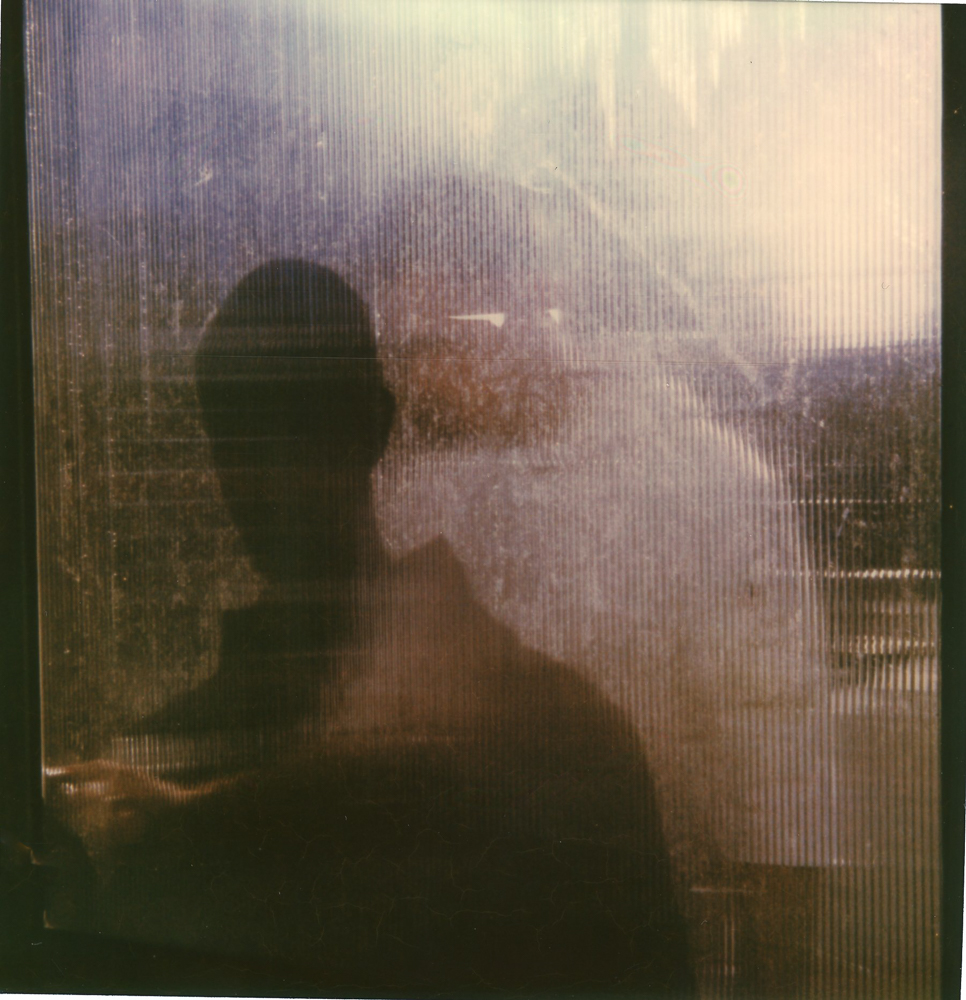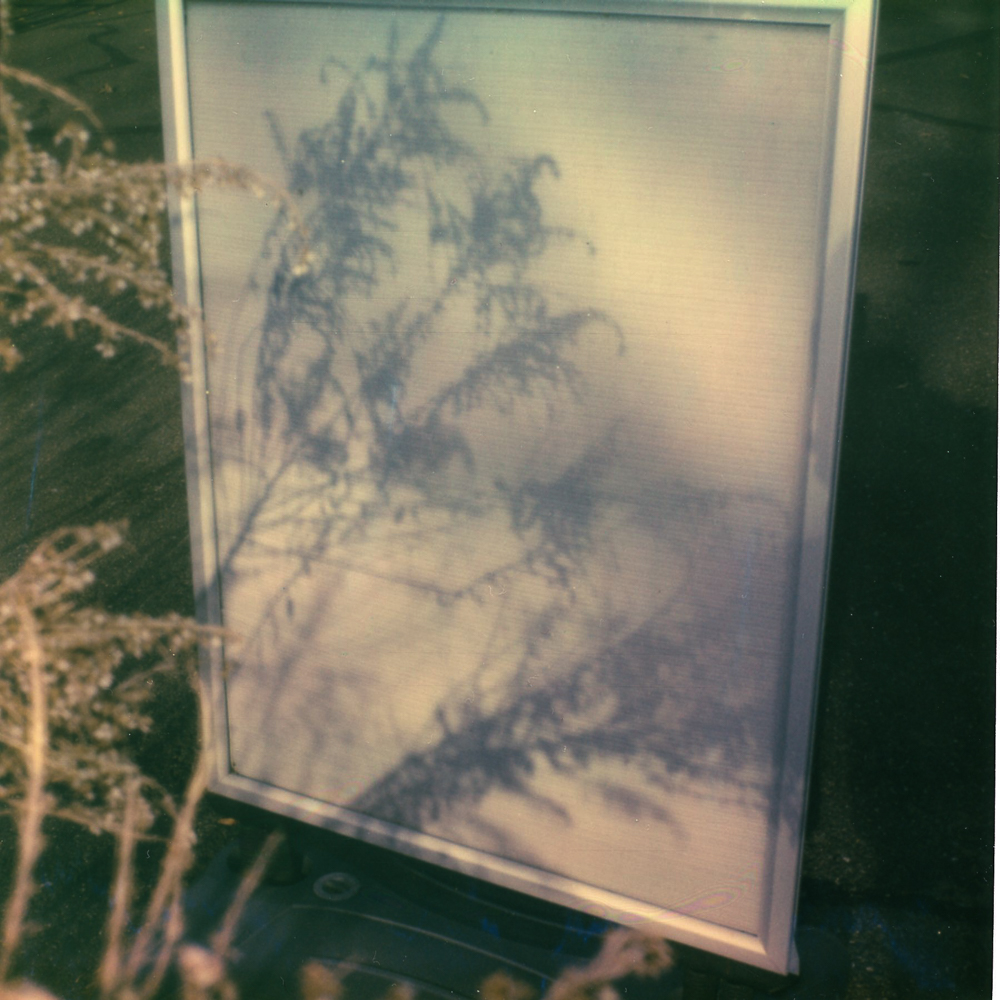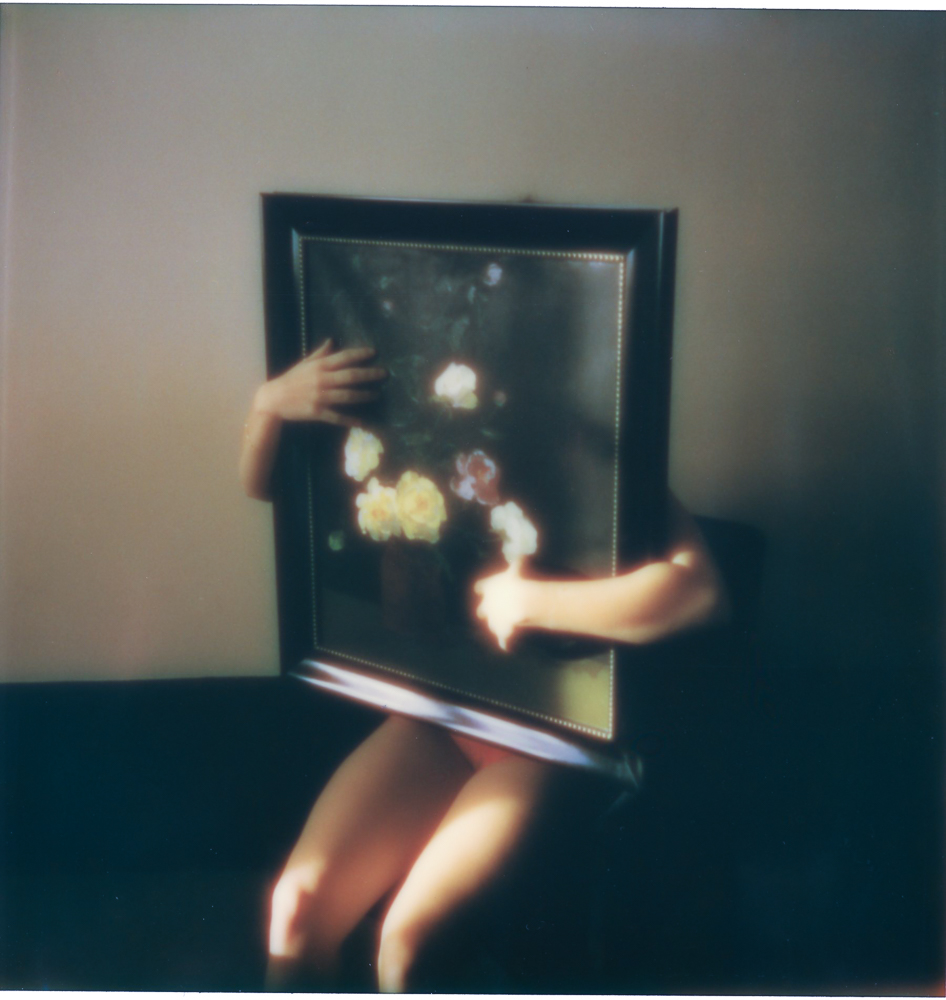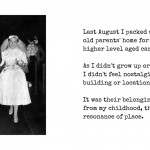Pam Heemskerk: Holding Pattern
Projects featured this week were selected from our most recent call-for-submissions. I was able to interview each of these individuals to gain further insight into the bodies of work they shared. Today, we are looking at the series Holding Pattern by Pam Heemskerk.
Pam Heemskerk is an artist working in the mediums of photography, poetry, book arts and time-based media. She has deep roots in rural Maryland, and it is here in this southern landscape where most of her work is made. She received her MFA in Photography from Maine Media College in 2018. She also holds a Masters in Counseling Psychology. Much of her practice and work touches at the heart of healing through art, self-discovery and a relationship to the natural world. She is currently serving as Associate Artist in Photography and Associate Artist in Bookbinding at the Frederick Book Arts Center in Frederick Maryland.
Holding Pattern
I was born into a military family in the plains of Montana. We moved frequently throughout the Midwest and Europe. As a family we hiked, rode, camped and visited these spaces. We also had to conform into military norms; they told us how to behave, what to wear, how to act and specific rules to follow. A child does not get to escape that. We were expert packers and movers. Every plate, dish, towel and toy carefully wrapped in an organized way to get us to the next post. We knew how to pack our things, and we knew how to wait while someone else decided where we were going, when, how long and what our next few years would hold.
I know this grief, so familiar, yet distant in history. Memories of this pass through me as I face the landscape of change in the present. I do the only thing I know how to do. Watch, look and listen. What I see through the lens, what catches my attention, in the woods of my walks, in my interiors and in my beloveds faces and bodies are reflections of my internal world. A psychological geography that is revealed more clearly to me there. These spaces and places are mirrors of an internal struggle and grief. Upheaval and solitude. Home and hope. The beauty of change and the constant of love. I cannot stay in the air of uncertainty forever; this holding pattern is temporary. I give myself time to understand and feel these changes. The process of making this body of work is the path forward, a guidance system pointed toward home.
Daniel George: You begin your artist statement by referencing the frequent moves you and your family made while you were growing up. How do you feel those experiences effected your perceptions of place?
Pam Heemskerk: I think there is an aspect of moving constantly that makes you feel like you belong everywhere and nowhere. The only constants are your parents, sibling(s), animals, if you have them, and your belongings and traditions. When I was really little, as long as those things were present, all was well. But as I grew older this began to change. Adolescence has its own precarious moments and moving adds another layer of uncertainty. My sense of place was that it was temporary. This was exciting and sad. It meant that these places were to be explored and walking, hiking and riding for us was the way to do it. It was sad, because I loved these landscapes and the people I knew and realized it couldn’t last. It wasn’t until much later, when I had finished college, and started to settle down, no longer moving with my parents, did my sense of place feel like a pulsing wound. It would take many years later for me to begin to investigate this through writing and making my work. Place would take on different meaning to me, when I moved to Maryland and put down roots here. It became home as it is ancestral, my family has lived here for generations. I feel this place in my bones. It is now a fascination and a compulsion to live and photograph here.
DG: How do these particular photographs connect to those memories?
PH: There are echoes of childhood memories in these images for me. As place was constantly shifting, there is a sense of melancholy of being alone with that reality. That eventually, I/we would have to say goodbye to that place and the people we shared it with. I use my daughter and sons frequently as a surrogate for myself in these pictures, and that is a clear choice that evokes my childhood into my current work.
There is not a direct or literal reference to my childhood in these images, they are more a reflection of the upheaval in my life now. Of course, you cannot escape memory, sensation, and stories of childhood, it clearly colors how I see. How I coped with all the changes in childhood is definitely part of my process of making.
Pictures of the landscape for me are really internal landscapes, using the elements to symbolize the passage of time, internal states of being, and stories that are written across my memory in an unformed way. I see many things in the natural landscape that transcend a simple or complex picture of the woods. Imagery of interiors, space, humans and animals, together or apart pull me in. I do not set out with an idea or a concept with what I am trying to say. It must reveal itself to me, something seen that makes the unconscious wake up and the heart start to beat. I will photograph it with “my lens” and move on.
I have tried to work with a script, an idea or a concept. It rarely works for me. I am a finder and a collector of images. In the moment then, there can be some orchestration of the scene, but it usually is spontaneous. My work is not subject matter based, journalistic or documentary. There is the mystery of existence and space we inhabit that I am obsessed with. It is poetry.
My vision is close-in…and then is wide and expansive. It is dead on and clear, and then angled and murky. I am in and I am out. To further this feeling of internal states, I use a variety of ways to make pictures. I have four or five cameras and will use whatever I am in the mood for. I see this way of working as a conductor in an orchestra. The big bass drum, the harp, the piccolo, the string section. Each has a voice and a view, yet they are all playing from the same sheet of music. I am not much concerned about mixing digital, film, polaroid, and found images in a single body of work. For me, it is just this, this mixing of visual music, that is the hallmark of the way I see and my process of making.
I want the pictures to transform and hint at broader themes of time, love, spirit, change, absence and presence living together in the mystery of human experience. I hear it, see it and smell it, and the words and images are infused with sound, music … a beat of life and death. Light (absence and presence) is the key component allowing for the transformation of an ordinary scene into something else. The reclaiming of self, becomes the mystery, I am circling around and around in my words and pictures.
DG: As a photographer and a poet, how does each medium inform the other within your work?
PH: I was first a photographer. I didn’t always understand what I was doing, but I had an innate sense to keep making work in an organic way. It wasn’t until I went to graduate school at MMC was I asked to articulate what my work was about. I came to understand why I am compelled to do the work I do, and to be able to talk about it. My process depends on it. And the work, in order to keep moving forward relies on it.
I began to write initially to understand my work. Through that medium, I really began to see and feel my images. What I wrote was inextricably related to my images. Not literally. But poetically and metaphorically.
My process for writing is very different than my process for making pictures. I rarely work at the two during the same period of time. Writing for me is a painstaking journey that I do not come to easily but am compelled to do. Words and images come to me and I free write. I then have to go back and work at it. That means real work for me. Hours of working words, phrases, rhythm and form. I am in a wrestling match, and I fight with myself to keep going. Because oh I really want to quit. But when that piece is done, I feel like I have been through a war and emerged with peace. Until another phrase is whispered into my head, perhaps something I made a picture of the week before. And I am off again.
The act of making pictures for me offers freedom to react, to watch and really see where I live and how I am living. The narrative develops around that. It is a circular process. The pictures influence my words, and the words get into the pictures. Round and round we go. I often surprise myself months and years later, how deeply related a written piece is to an image I have made.
When photographing, I am out experiencing what I am seeing and translating that into my visual language. And then just like the writing phase, I have to change gears and begin the edit and then the sequencing. Editing does not come easy for me, but I know that time away from the work, brings a clarity and ability to see the images in a clear way. Time offers me a way to remove myself from the making.
DG: Your writing suggests that you find solace, or answers, within the landscape. What are you looking for on your walks?
PH: I am not particularly looking for something. I am not looking for a picture. I am walking in familiar lands and noticing. Noticing the way of the light on that particular day. How it is changing the landscape, a tree or the meadow. I am observing and watching the changes happening day by day, season by season, often moment by moment. There are often only minutes that make the ordinary path become an extraordinary elevator to heaven, before it changes back to a simple path the deer takes to the river. And therein lies for me the magic of walking. It is always changing, even as it remains ultimately unique to itself. Much like the internal landscape of human life and endeavor.
And it is grounding in a way that contemporary life is failing us. I keenly feel myself as an organism, part of the animal world. The natural world is where I am from and where I will return to. So, in a way it is like going home, reorienting myself to my wild nature. Being free. We have to live in the contemporary world, one that is increasingly becoming more cerebral and isolated. Humans are hard wired for connection to one another and to the living world. So, in a way, I am looking for something when I go into the woods and the meadows, I am looking to feel at home in my body. So, it is the process of walking that produces the images, and if I am there watching, the images find me.
DG: In this edit, there are only five photographs depicting people, yet I get a sense that this project is very much about the human experience in relationship to place. Even beyond this project, what compels you to make work that draws on this connection?
PH: I am a quiet person by nature. I do not often reveal to others, unless you are very close to me, my struggles and pain. As in my writing, my image making, is often more about what is not said, or not seen. A kind of read between the lines. I think this comes naturally to me, to walk quietly and watch. To ask questions and then listen. Circling back to my upbringing, as a military kid, survival to me meant that I had to conform to those around me in each new posting. As I grew older this caused its own set of issues, and a lot of my work is around finding home within myself. As a child who moved a lot, my family became the anchor. The values of walking, hiking, riding in the natural world followed us wherever we went. It was the solace for all the goodbyes and the daunting aspect of fitting in all over again. There were the dogs who were the constants in our lives, loving and witnessing. The horses. There were the hikes through the Austrian and Swiss Alps, the volksmarches and skiing. Road trips home to see family who were rooted in place; they offered us a sense that we actually did belong somewhere, even if it was only for a few weeks in summer.
So yes, it is ultimately a search for meaning of place and my relationship to it. There was a time I confused the word place with home. That I was searching all along for a plot of land that is mine, where I am from, where I can lay claim to. But in my search, I realized that home for me cannot be anywhere, even an identifiable place, but within me. I am home within. And that was a huge moment for me, for then I can be free to relate to the wild, to nature, as it is. For itself. Not something I lay claim to, but a place where I can belong, as long as I am open and free. My work will always in some way be about this contemporary woman’s relationship to the land and to domesticity. To the wild. Where the word wild transforms to mean freedom.
Posts on Lenscratch may not be reproduced without the permission of the Lenscratch staff and the photographer.
Recommended
-
Earth Month Photographers on Photographers: Tyler Green in Conversation with Megan JacobsApril 15th, 2024
-
Shari Yantra Marcacci: All My Heart is in EclipseApril 14th, 2024
-
Artists of Türkiye: Cansu YildiranMarch 29th, 2024
-
Broad Strokes III: Joan Haseltine: The Girl Who Escaped and Other StoriesMarch 9th, 2024
-
Brandon Tauszik: Fifteen VaultsMarch 3rd, 2024


